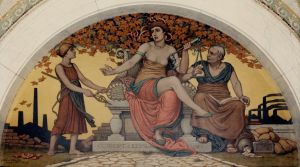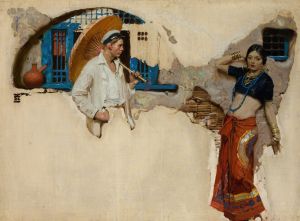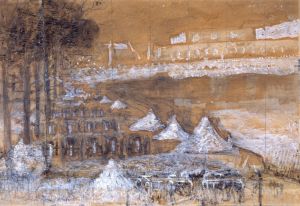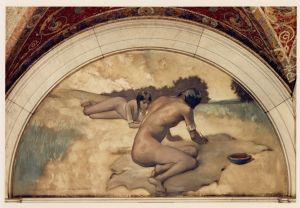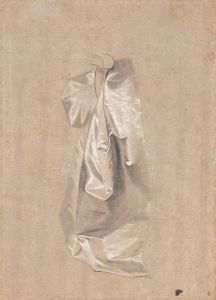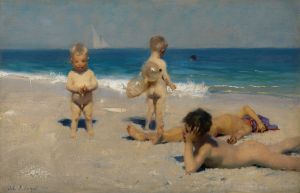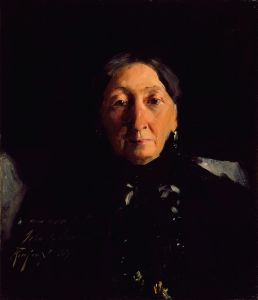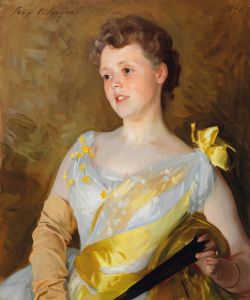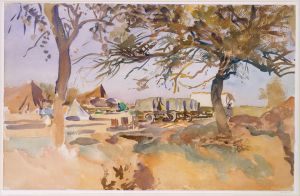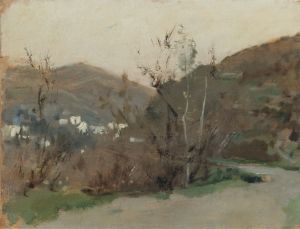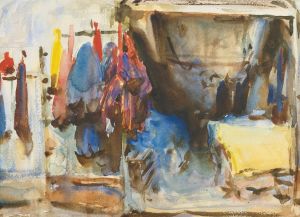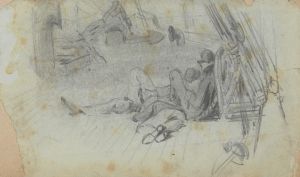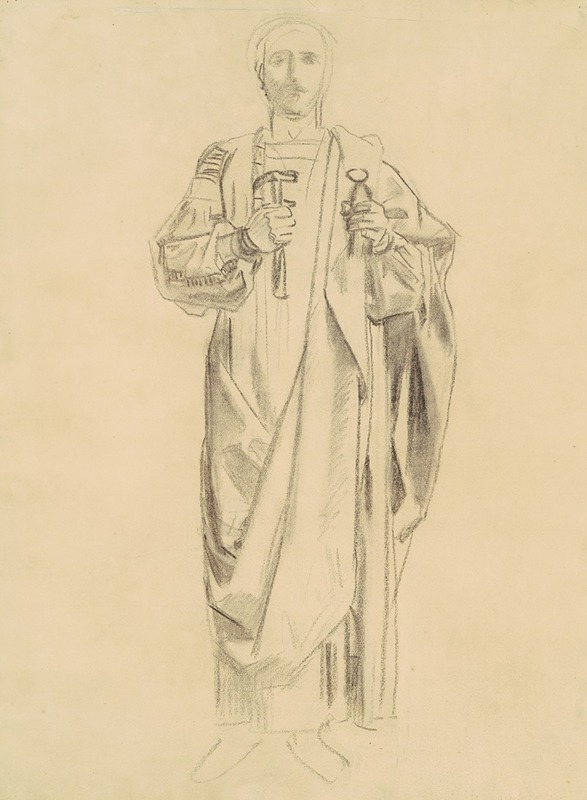
Study for ‘Dogma of the Redemption – Frieze of Angels’
A hand-painted replica of John Singer Sargent’s masterpiece Study for ‘Dogma of the Redemption – Frieze of Angels’, meticulously crafted by professional artists to capture the true essence of the original. Each piece is created with museum-quality canvas and rare mineral pigments, carefully painted by experienced artists with delicate brushstrokes and rich, layered colors to perfectly recreate the texture of the original artwork. Unlike machine-printed reproductions, this hand-painted version brings the painting to life, infused with the artist’s emotions and skill in every stroke. Whether for personal collection or home decoration, it instantly elevates the artistic atmosphere of any space.
John Singer Sargent, an American expatriate artist renowned for his portraiture, created a study titled "Study for ‘Dogma of the Redemption – Frieze of Angels’" as part of his extensive work on the Boston Public Library murals. Sargent was commissioned in the late 19th century to decorate the library's interior, a project that spanned several years and became one of his most significant public commissions.
The Boston Public Library murals, collectively known as "The Triumph of Religion," were intended to explore the evolution and impact of religious thought. Sargent's work on this project began in 1890 and continued until 1919, reflecting his deep engagement with religious themes and his commitment to creating a comprehensive visual narrative. The murals are located in the library's Special Collections Hall, now known as the Sargent Gallery.
"Study for ‘Dogma of the Redemption – Frieze of Angels’" is one of the preparatory works Sargent created as he developed his ideas for the murals. This study, like many of Sargent's preparatory works, showcases his meticulous approach to composition and his skill in rendering figures with both dynamism and grace. The study likely served as a means for Sargent to experiment with the arrangement and interaction of figures, as well as to refine the overall aesthetic he sought to achieve in the final mural.
The "Frieze of Angels" is a part of the larger "Dogma of the Redemption" section within the mural cycle. This section is characterized by its depiction of angelic figures, which are emblematic of divine presence and spiritual themes central to the concept of redemption. Sargent's angels are often noted for their ethereal beauty and the fluidity of their forms, capturing a sense of movement and transcendence.
Sargent's work on the Boston Public Library murals was influenced by his travels and studies in Europe, where he was exposed to the works of the Old Masters and the grandeur of religious art in places like Italy. His ability to blend traditional techniques with his own innovative style is evident in the "Frieze of Angels," where he combines elements of classical composition with a modern sensibility.
The murals, including the "Frieze of Angels," were met with mixed reactions upon their unveiling. While some praised Sargent's ambitious vision and technical prowess, others critiqued the murals for their complexity and the perceived obscurity of their themes. Despite this, Sargent's murals have endured as a significant contribution to American art, reflecting both his personal artistic journey and the broader cultural currents of his time.
Today, the Boston Public Library murals, including the "Frieze of Angels," are considered a masterpiece of mural art in the United States. They continue to attract visitors and scholars interested in Sargent's work and the rich tapestry of religious and philosophical ideas he sought to convey through his art.






